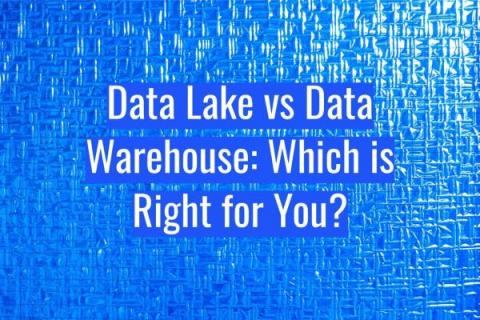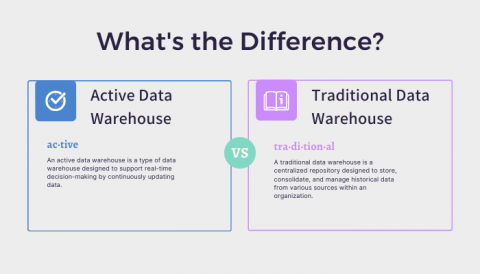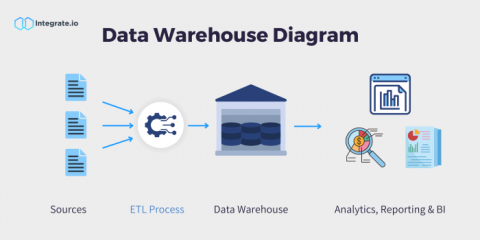Data Lake vs Data Warehouse
Data warehouses and data lakes represent two of the leading solutions for enterprise data management in 2023. While data warehouses and data lakes may share some overlapping features and use cases, there are fundamental differences in the data management philosophies, design characteristics, and ideal use conditions for each of these technologies.






